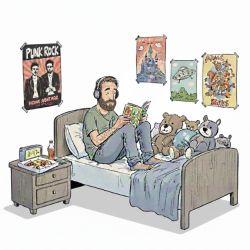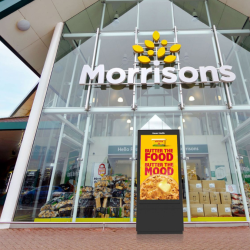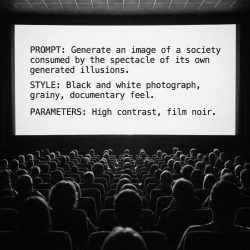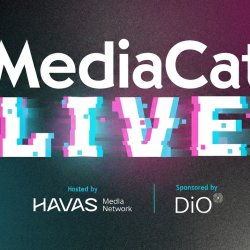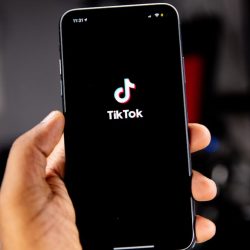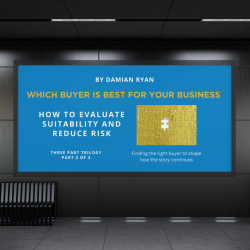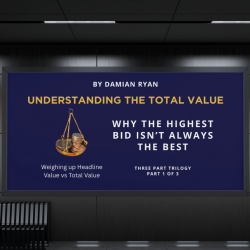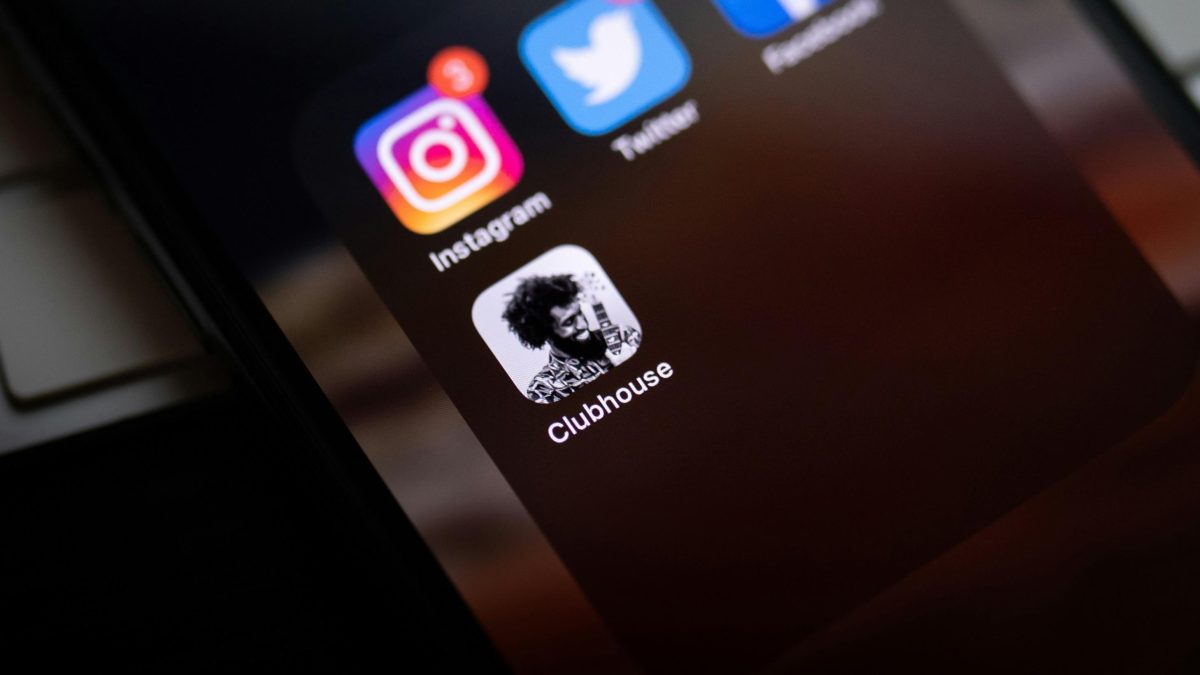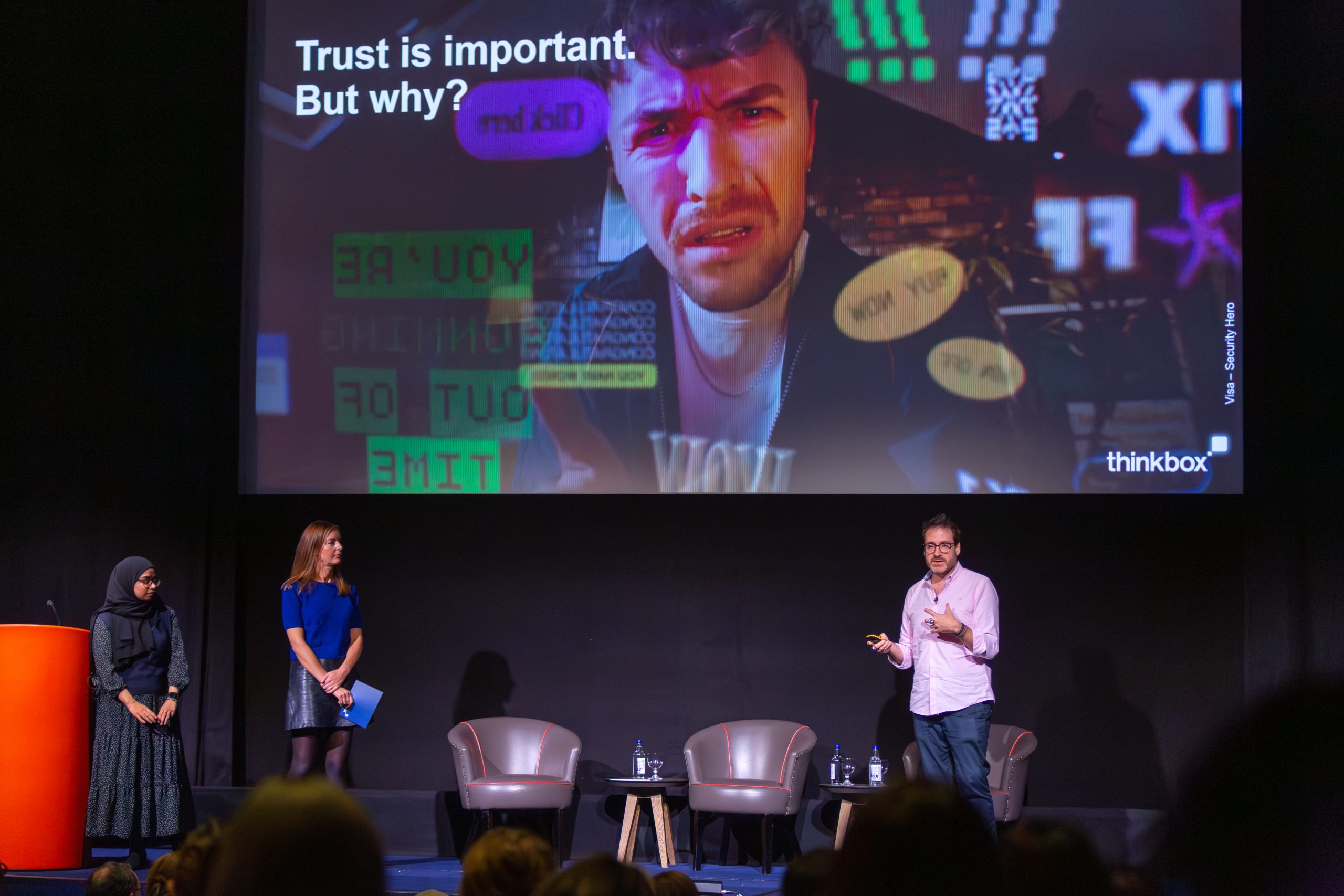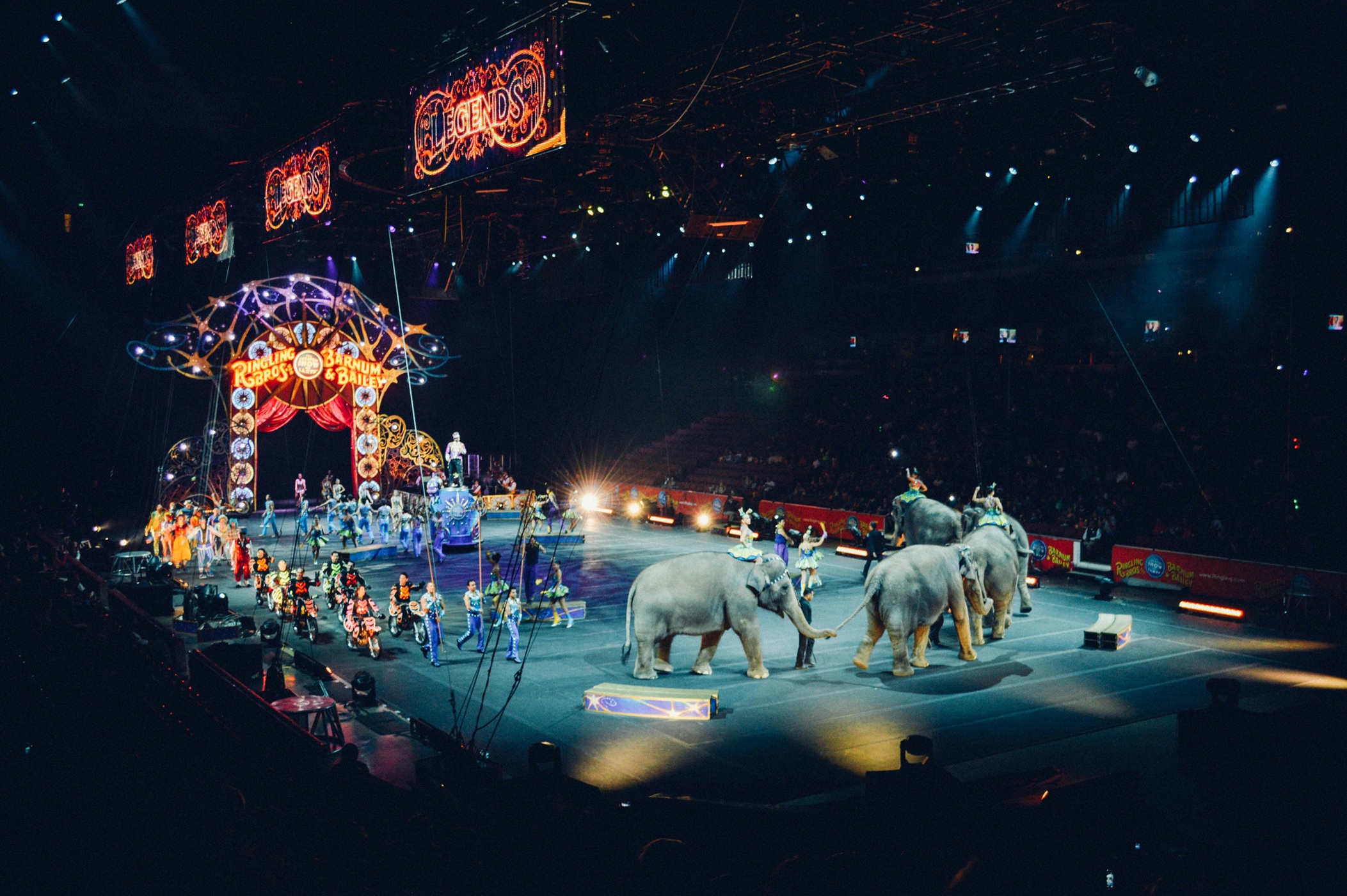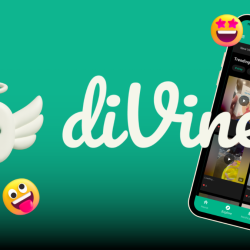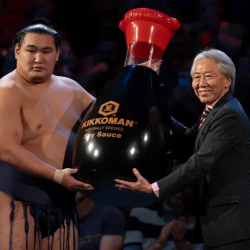At the Public Relations and Communications Association’s (PRCA) Digital Group webinar on 9 January, eight social media mavens shared their forecasts for 2025. Here’s how they see the platforms evolving in the year ahead.
The long and the short of it
Amy Williams highlighted the ongoing battle between short and long-form video. Short-form continues to dominate, with predictions that it will account for over 85% of internet traffic by 2025. Humour, trend-jacking, and exclusive access are key to capturing attention in 90 seconds or less.
The twist: Long-form content still has its place. Brands are investing in content like episodic series and video essays, with a 14.4% increase in live events and webinars on LinkedIn. Algorithms are adapting to support both formats, ensuring long-form video has room to grow.
The death of curated feeds
Gone are the days of obsessing over Instagram grids, said Danny Whatmough. Brands are increasingly letting algorithms do the heavy lifting. Brands like Duolingo and Curry’s are proving that leaning on AI to deliver the right content to the right audience can be more effective than manual curation. Nevertheless, Whatmough emphasised the importance of staying true to your brand, testing vigorously and not sweating failures.
What’s next: Brands must focus on testing boldly, without obsessing over perfection, leveraging AI to optimise relevance and engagement.
LinkedIn goes TikTok
LinkedIn isn’t just for thought leadership anymore. Helen Wood talked about how the platform is taking cues from TikTok, with creators using street-style interviews and relatable storytelling to drive engagement. Professional influencers like Piper Phillips blend career advice with personal anecdotes, showcasing how people-first content can thrive on a platform traditionally known for formality.
Stats to note: Content from individuals generates five-times higher engagement rates than company posts on LinkedIn, and videos generate 40% more engagement than text posts.
B2B social will look more like B2C
Kate Matlock notes that B2B marketing is becoming less corporate and more conversational, too. Professionals apparently want entertaining, snackable content tailored to their interests, just like consumers, with stealthy and scrappy tactics, like unbranded memes or humorous videos, outperforming traditional campaigns.
The bigger picture: Younger, digital-first buyers want experiences that mirror their B2C journeys. So, B2B brands should embrace social-first strategies, multi-channel storytelling, and human-first content.
Interest-based feeds take over
Steve Parker discussed the shift from a ‘social graph’ to an ‘interest graph,’ with content now surfacing based on user preferences and behaviours rather than connections. Creators are going viral by focusing on niches, such as @logagm’s cucumber recipes, leading to lucrative creative partnerships with brands like Nyx (14 million views) and Sephora (8 million views).
Find your shared niche: Niche creators tap into relevance and value, transforming content into cultural moments. For brands, collaboration with these hyper-specific influencers works best when you involve them as a creative ideation partner.
A new breed of Mascots
Brand mascots are stepping back into the spotlight. Candace Kuss pointed to Duolingo’s Duo and the WNBA team New York Liberty’s Ellie as examples of how fully owned assets can be brand ambassadors and content creators, and even better influencers than their paid counterparts. Ellie, in particular, shows that personality-driven marketing is more relevant than ever.
Mascots in the age of influencers and AI: Non-human ambassadors enable brands to avoid the pitfalls associated with human influencers. A well-rounded mascot can embody a brand’s culture and values in ways that resonate deeply with audiences.
The rise of private social networks
David Gallagher highlighted the growing demand for intimate, troll-free spaces such as WhatsApp and Signal, where users can build niche communities around shared interests. Platforms like The Advisory Club — a professional group with 21 active subgroups discussing topics like AI and job boards — thrive because they are authentic and focused.
Challenge for brands: Attempts to commercialise and treat these spaces like any other platform will likely fail. Success lies in fostering genuine, interest-led engagement.
The end of ‘hot take’ culture?
Louise Watson made a case for a new era of considered communication in which clickbait commentary is sacrificed for the sake of trust. Professionals should verify, pause, and prioritise understanding before engaging, said Watson, adding that platforms like Bluesky, praised for their troll-free ethos, are showing that audiences crave slower, smarter discourse.
The guardians of truth: Communications professionals can play a key role in pivoting towards more responsible, considered conversations on social media.
Image by William Krause on Unsplash
